La Iruela, is often overlooked by the visitor to the Sierras de Cazorla, Segura and Las Villas yet has as many hotel beds as residents.
By Nick Nutter | Updated 25 Aug 2022 | Jaén | Villages |
Login to add to YOUR Favourites or Read Later
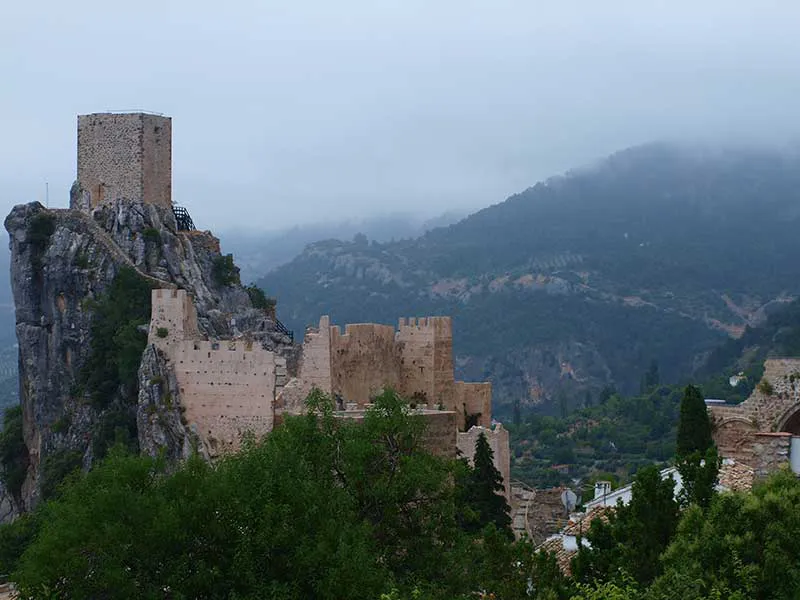
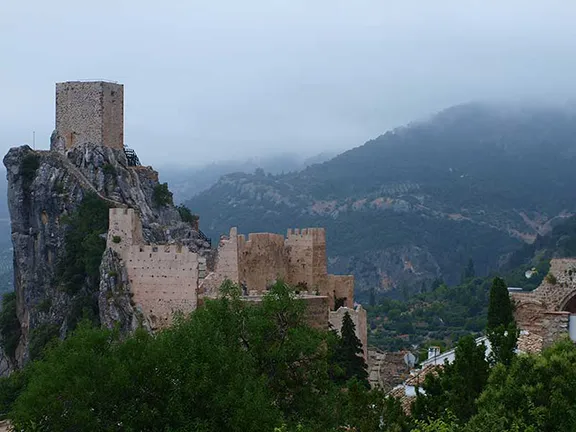
Imposing castle of La Iruela
At a height of 954 metres (3,130 feet), a population of just over 2,000, and only 1.5 kilometres from its better-known neighbour, Cazorla, La Iruela is often overlooked as an ex-pat tourist destination. Yet La Iruela has almost as many hotel beds (1,733) as it has inhabitants and is one of the main "gateways" into the Natural Park of the Sierras de Cazorla, Segura and Las Villas. It has an imposing castle perched above the town and an impressive number of restaurants given the size of the village.
Its economy is based on just two pillars, olive cultivation and tourism, the latter having taken over only in recent years from what was the second industry, the manufacture of esparto products. La Iruela still preserves its esparto heritage with artisan workshops making and selling baskets, bottle sleeves, sandals and the ingenious esparto canteen.
Made with crushed esparto and waterproofed with pine pitch, they were used by the shepherds to carry water in the mountains. The Archaeological Museum of Cartagena has an example of a Roman esparto canteen two thousand years old.
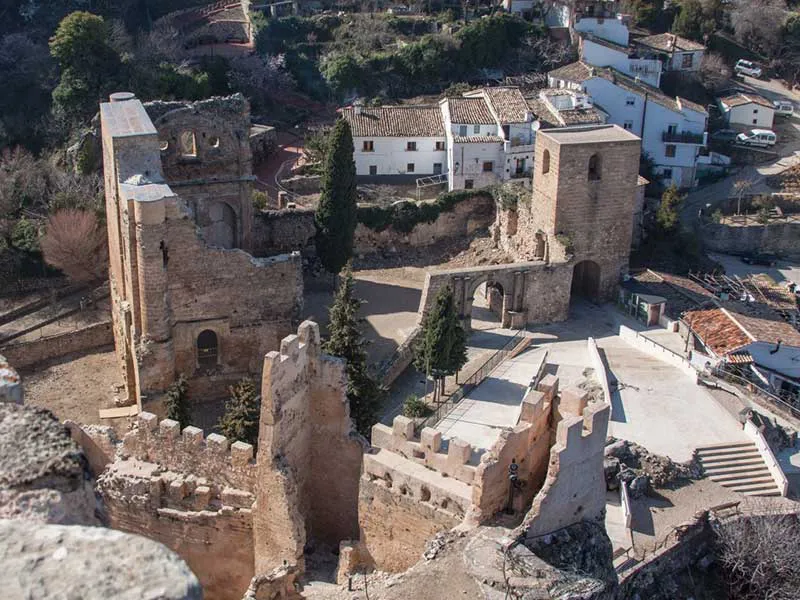
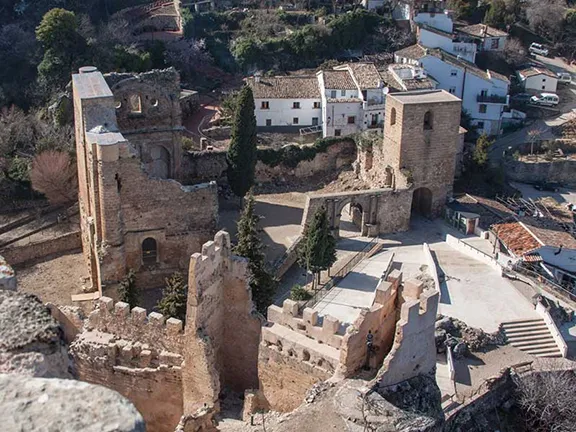
The castle from the Homage Tower
The upper, impregnable, Homage Tower is Muslim, built in the 11th century, whilst the lower part is a Christian fortress built soon after the village was re-conquered, quite early, in 1231. For a time the castle hosted a chapter of the order of the Knights Templar, hence its alternative name of Templars Castle. The portal through which you pass to enter the lower area of the castle was the door to the bell tower of the Castle Church of Santo Domingo de Silos.
The church was started in the 13th century soon after the reconquest but the main part was built during the Renaissance period of the 16th century and was, in its day, a grand building. However in 1810 a force of French troops from Napoleon’s army took umbrage at the inhospitable nature of the towns folk and, in revenge, burnt it down.
Toledo mudejar style
Another fine building, out of proportion to the size of the village is the Ayuntamiento, a good example of the style of architecture known as Toledo mudejar. This building is a good place to start an exploration of the winding streets that all take you up to the castle. You pass through a typical Andalucian village with the streets still following the original Moorish street plan. All have white washed houses, some with balconies and all are bedecked with pots of flowers and many have colourful Moorish roof tiles.
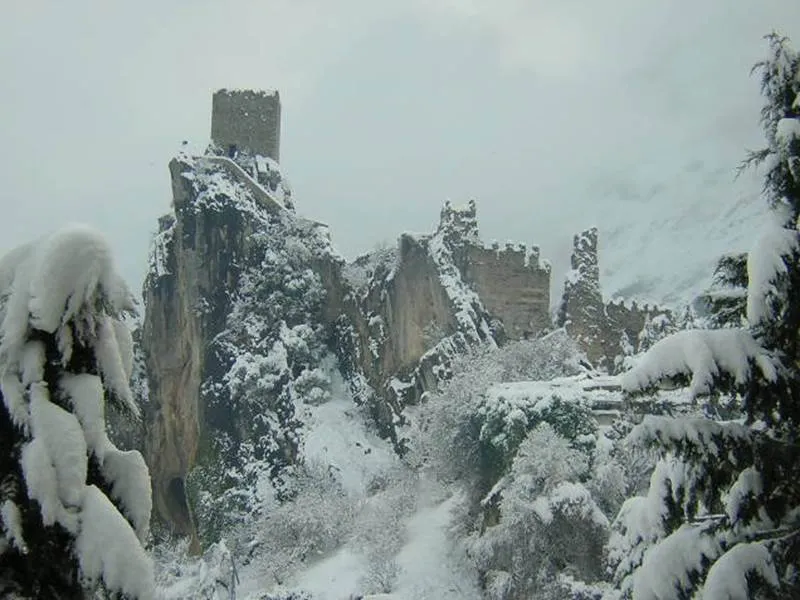
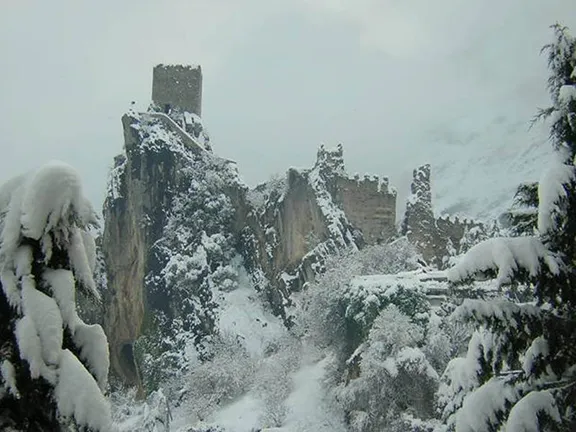
It can get chilly in winter
Due to the altitude of the village the winters can be very cold and it is hardly surprising that the thoughts of those who live there turn to hearty stews. Luckily suitable products are available on the doorstep in the Sierras de Cazorla, game from rabbits to hares, venison and wild boar and game birds such as partridge appear on the menus. Vegetables are locally grown and the essential olive oil locally manufactured. The base of the stew, whether it be rabbit or cod, tends to be tomato and peppers with an unusual twist, a hint of mint. The area also has its own distinctive morcilla and chorizo.